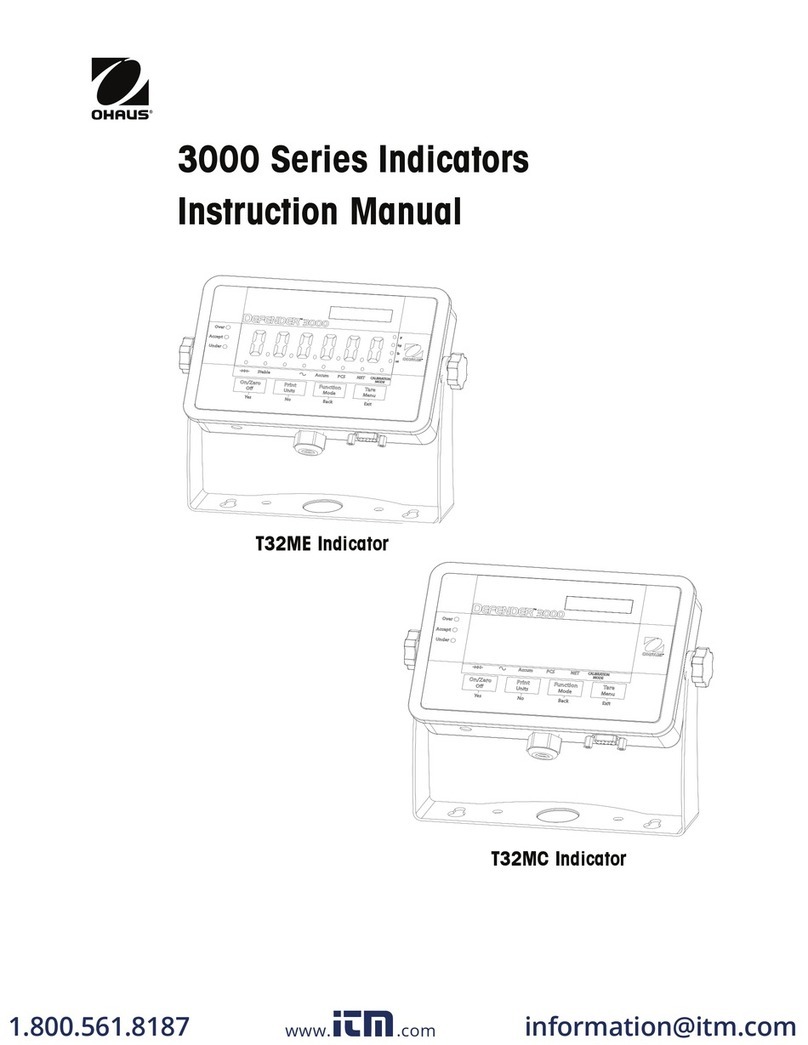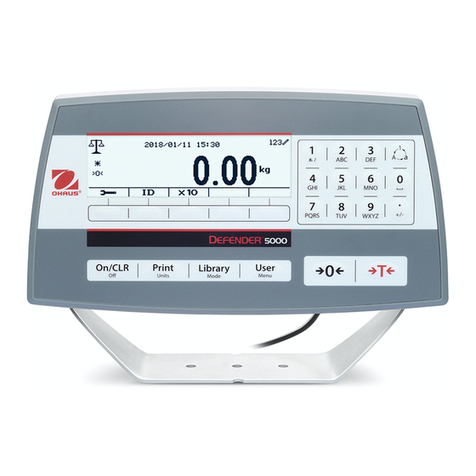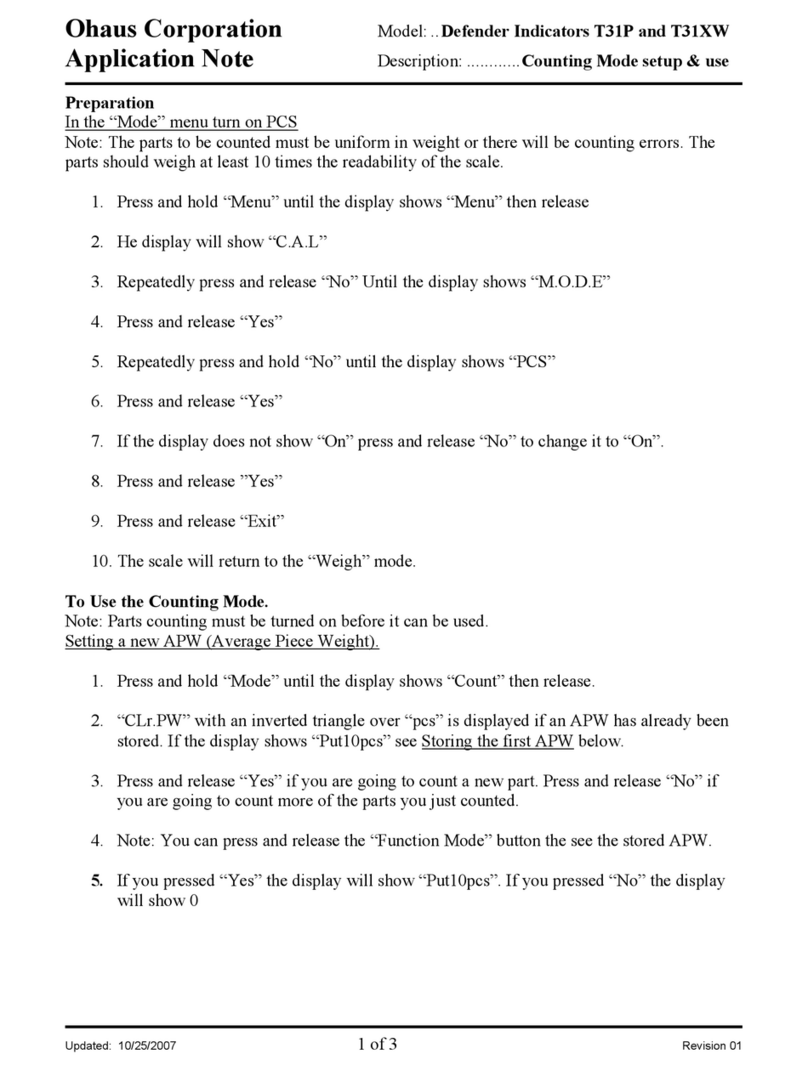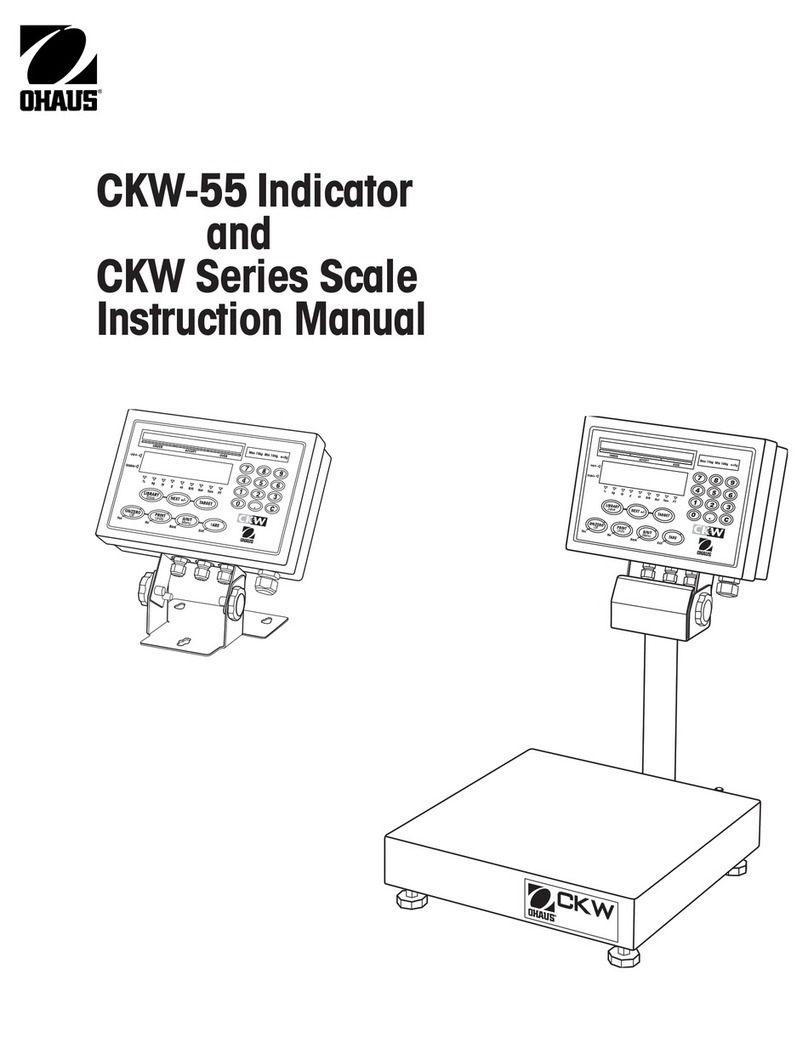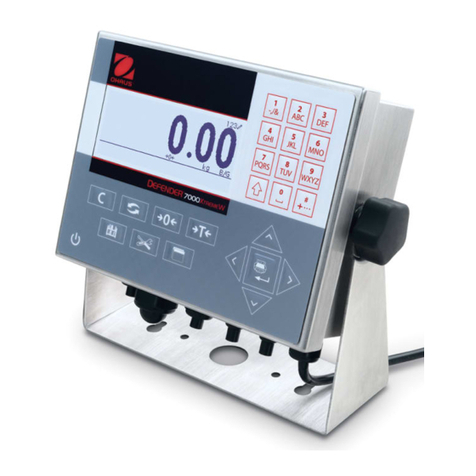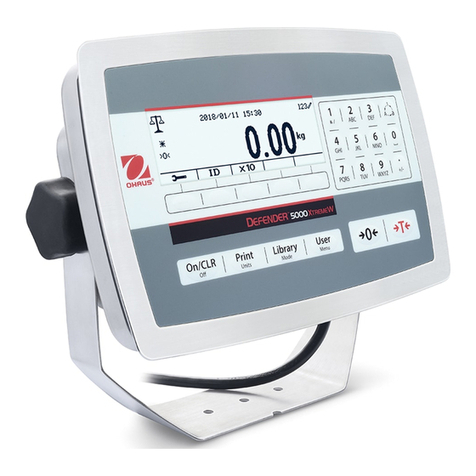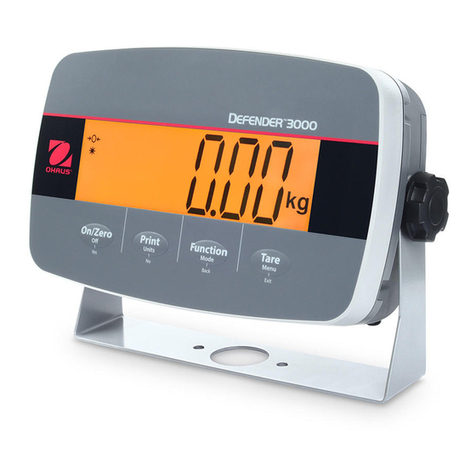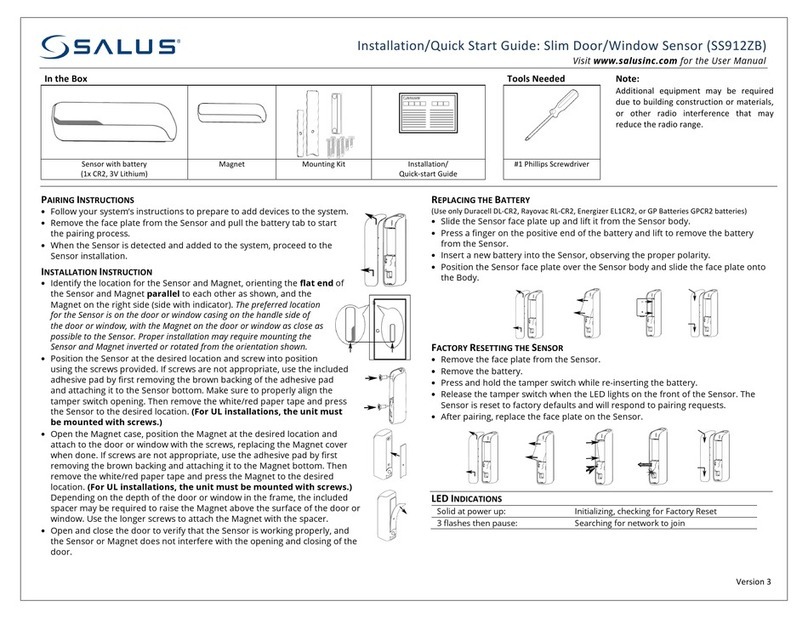
i Defender™Series Bases Service Manual
TABLE OF CONTENTS
CHAPTER 1 INTRODUCTION ............................................................................................................................ 2
1.1 Introduction............................................................................................................................................ 2
1.2 Definition of Signal Warning and Symbols............................................................................................ 2
1.3 Safety Precaution.................................................................................................................................. 3
1.4 Service Facilities ................................................................................................................................... 3
1.5 Tools and Test Equipment Required..................................................................................................... 4
1.6 Test Masses Required .......................................................................................................................... 4
1.7 Service Strategy.................................................................................................................................... 4
1.8 Physical Description: Model Defender Series Base.............................................................................. 4
1.9 Specifications ........................................................................................................................................ 5
1.10 How Load Cells Operate....................................................................................................................... 9
1.11 Load Cell Connection.......................................................................................................................... 10
CHAPTER 2 TROUBLESHOOTING.................................................................................................................. 12
2.1 Troubleshooting................................................................................................................................... 12
2.1.1 Checking Load Cells for Trouble..................................................................................................... 12
CHAPTER 3 MAINTENANCE AND REPAIR PROCEDURES.......................................................................... 13
3.1 Preventive Maintenance...................................................................................................................... 13
3.1.1 Preventive Maintenance Checklist.............................................................................................. 13
3.2 Replacing the Load Cell...................................................................................................................... 13
3.3 Overload Stop Adjustment .................................................................................................................. 14
CHAPTER 4 TESTING ...................................................................................................................................... 17
4.1 Testing................................................................................................................................................. 17
4.2 Load Cell Resistance Checks ............................................................................................................. 17
4.3 Calibration with an External Indicator.................................................................................................. 17
4.4 Consistency Check.............................................................................................................................. 18
4.5 Performance Tests.............................................................................................................................. 18
4.5.1 Off Center Load (Shift) Test............................................................................................................ 19
4.5.2 Adjusting Off Center Load............................................................................................................... 20
4.5.3 Full Load Test.................................................................................................................................. 21
CHAPTER 5 PARTS IDENTOFICATION ........................................................................................................... 22
5.1 Defender series Base: Carbon Steel model........................................................................................ 22
5.2 Defender series Base: Stainless Steel model..................................................................................... 24
APPENDIX A. GLOSSARY................................................................................................................................ 26
